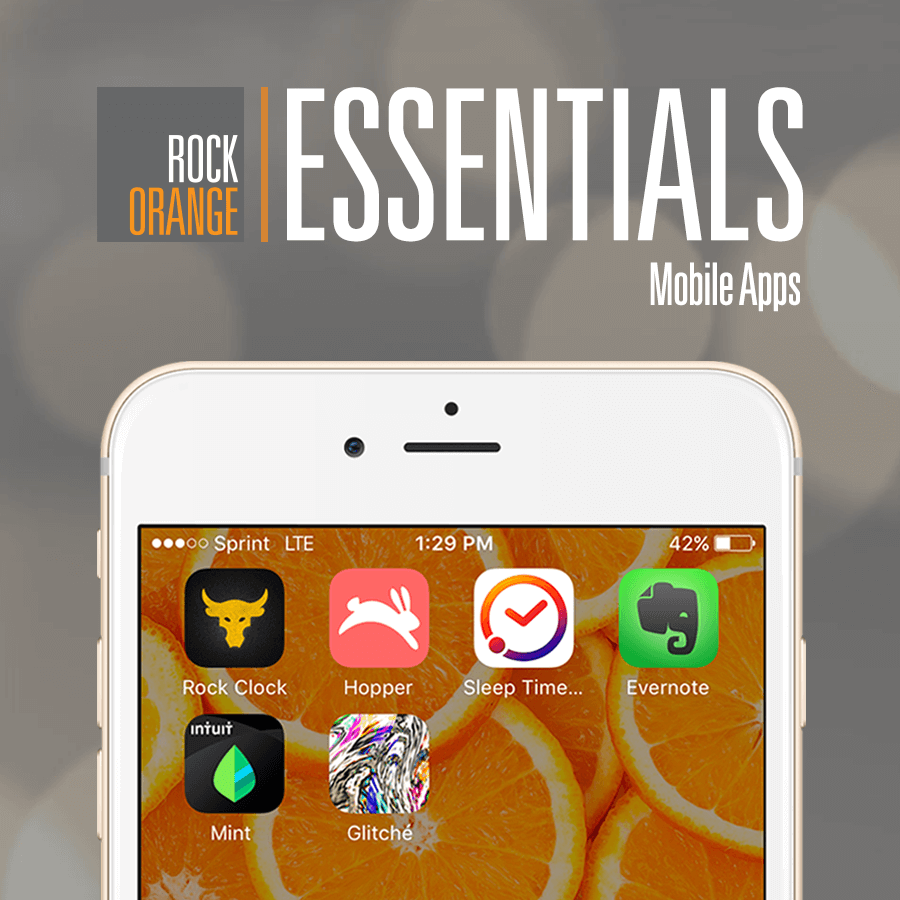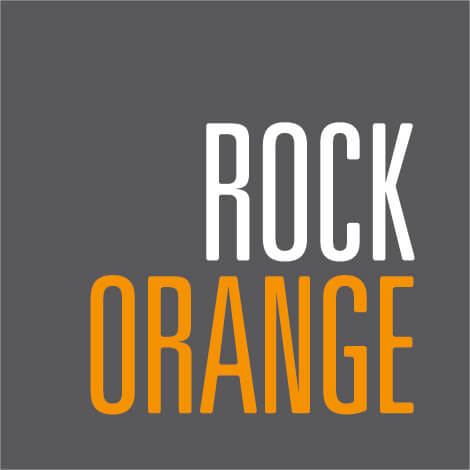
Thankfully we’ve evolved from the days of carrying around the brick cellphone in a briefcase, so much that we now use our phones for everything except making a phone call. We actually only spend an average of four hours on calls and messaging a month. Smartphones can take a picture, send or receive texts, access the Internet, send or receive an email and download apps. The App Store also opens up a treasure chest of apps that gives us a thousand options at any time of the day. Using our smartphones is now habitual; we pick them up an average of 46 times a day without even realizing it and unconsciously scroll away from reality.
Let’s all admit we’ve been interrupted from an Instagram-liking session by a “Storage Almost Full” notification. It’s partly because there are too many things going on in your smartphone from apps you don’t acutally use. Too soon, you’re one download away from not being able to have space to even take a picture.
Because our RockStars have gone through this, we all pitched in our favorite apps to make the best out of your iPhone’s storage.
- Rock Clock: Who’s a morning person really? Waking up to the same Beep alarm can get repetitive — to the point that we can get so used to it that it no longer works as a wake up call.
‘Rock Clock’ was created by Dwayne “The Rock” Johnson to motivate everyone to kick off the day with an enthusiastic note. As you set your goal and tap through the app, The Rock encourages you by saying, “You can do this” and, “You got this!” The best part of having this app—he sings to you, “Good Morning Sunshine” every day.
- Hopper: Probably the least exciting part of taking a trip is finding a decently priced airline ticket. Let’s be honest—cheap airlines are not the most reliable, we think we’re paying half the price and then get smuggled with extra fees for luggage and seats. Hopper was created to make our lives easier and affordable by helping us figure out what are the best dates and times for your next trip. The best part of having this app—it lets you “watch” that trip and sends notifications when prices are dropping.
- SleepTime: Before The Rock’s lullaby wakes us up, we have to make sure we had a nice and fulfilled sleep. Since we don’t use our phones enough throughout the day, why not use it under our pillows every night? Sure, we all sleep, but are we having a good sleep? SleepTime tracks our sleeping stages from awake, light sleep and deep sleep plus REM sleep (the stage where dreaming happens). The best part of having this app—it graphs your sleeps so you can keep track of your sleeping patterns and/if they change over time.
- Evernote: For those who no longer use the old-school method of using a notepad and pen to keep up with the to-do list, Evernote is your go-to app. It stores your information, from your grocery list to your driver’s license scanned copy to legal documents, in one place. Making and keeping notes and files organized without having loads of paper that can get lost or mistakenly shredded seems convenient for lots of people. The best part of having this app—it’s easy to customize and flexible when it comes to setting up your folders.
- Mint: Keeping up with your finances may not be the easiest or most thrilling part of your day, but Mint makes the process a lot easier. It’s like having your own financial advisor but in an app. It helps with budgeting, tracking expenses and creating/monitoring financial goals for oneself. The best part of having this app—whenever there’s a change in your account, a rate changes or a late fee happens, the app sends you a notification.
- Glitché: To end on an artistic note, Glitché is the app for all the creative minds. What this app does is give a special twist to images in a very strange, yet amazing way. The unique effects that can be added to your masterpiece include pulses, random shakes, pixelization, transmission errors, etc. The best part of having this app—there’s a range of 26 filter options to use from, so giving your pictures an artsy twist is quick and easy!
Happy download!


